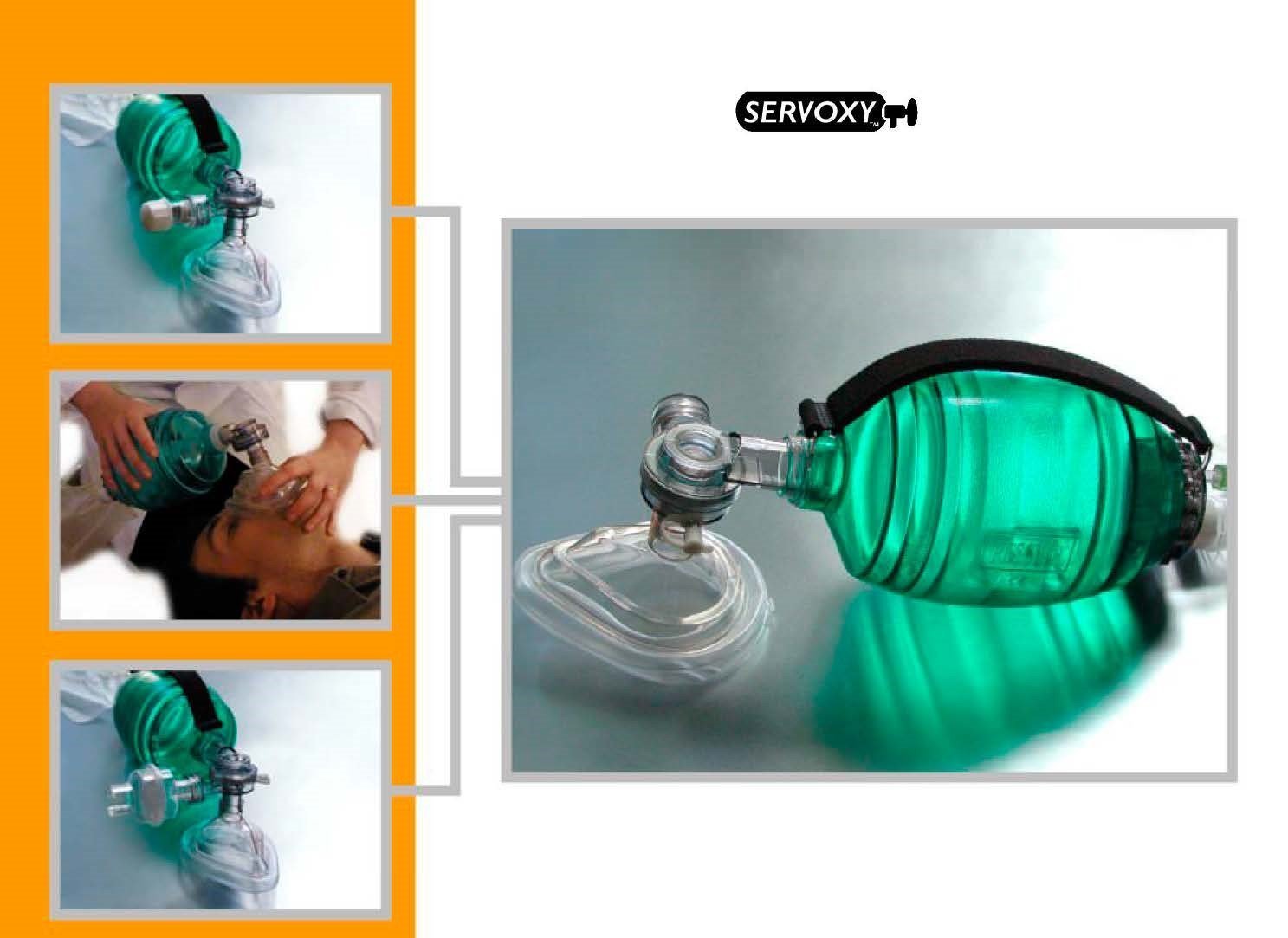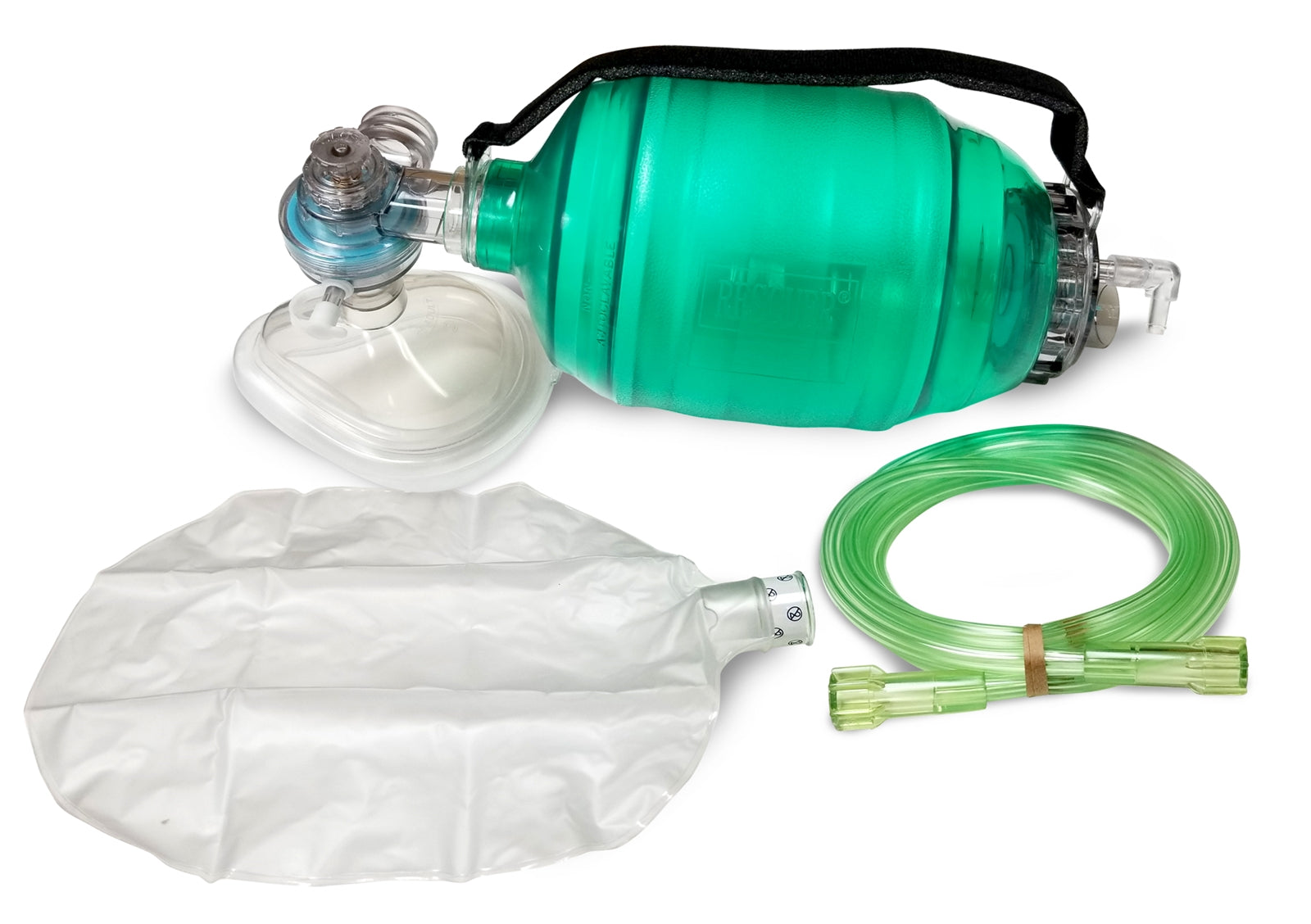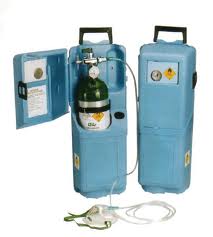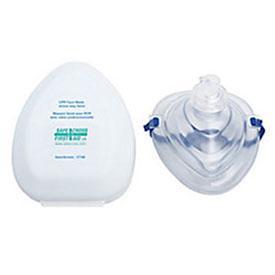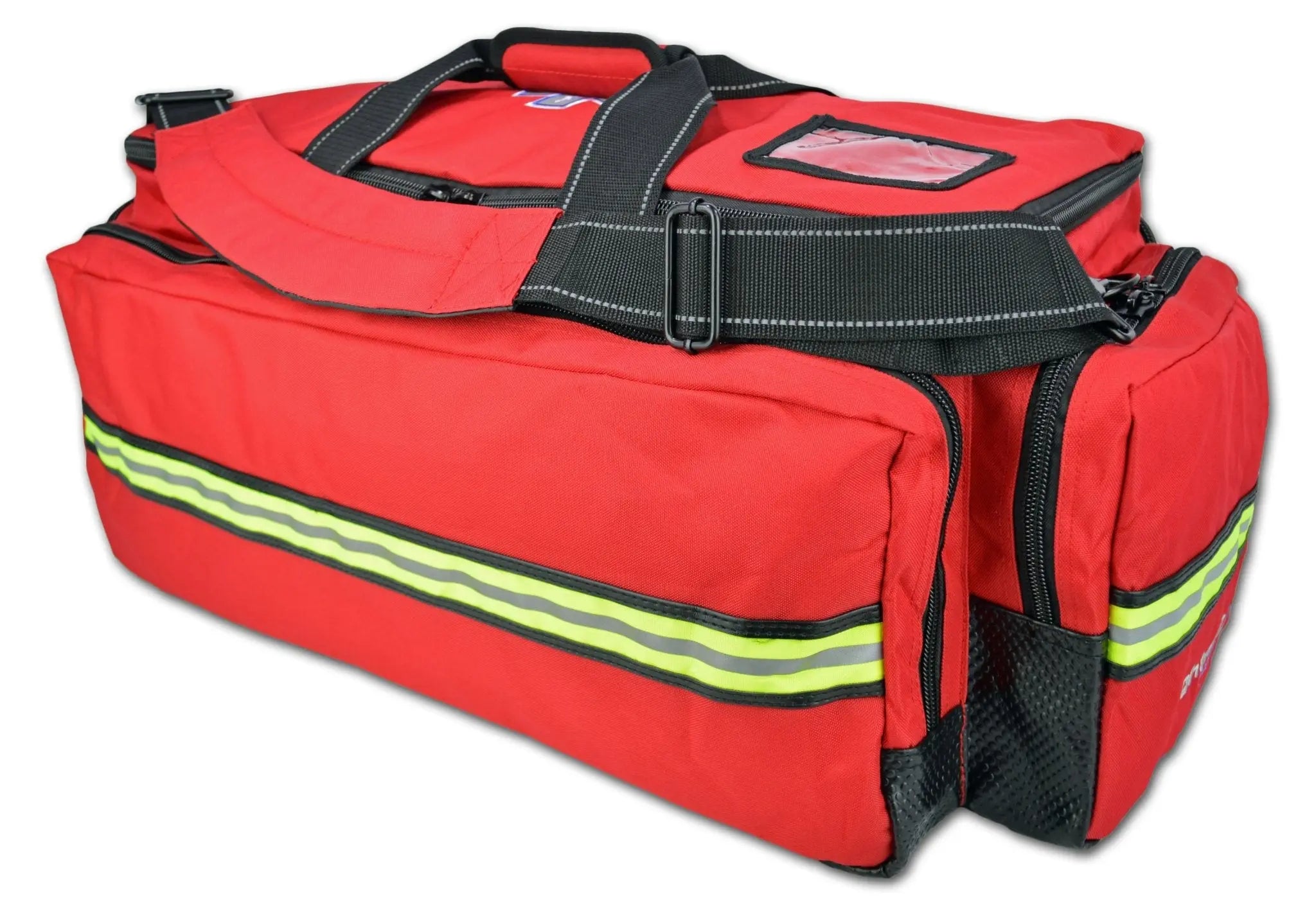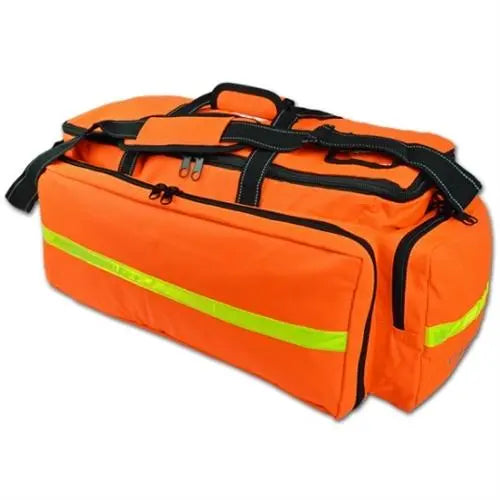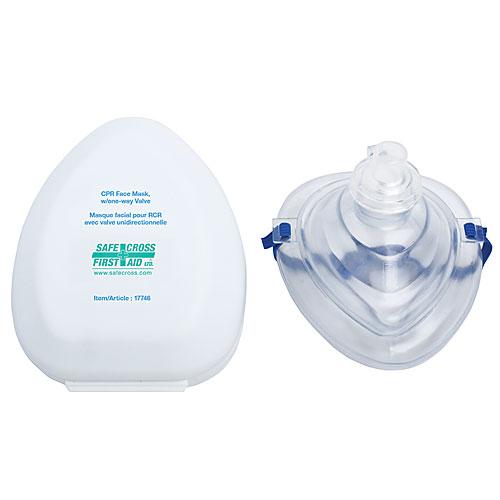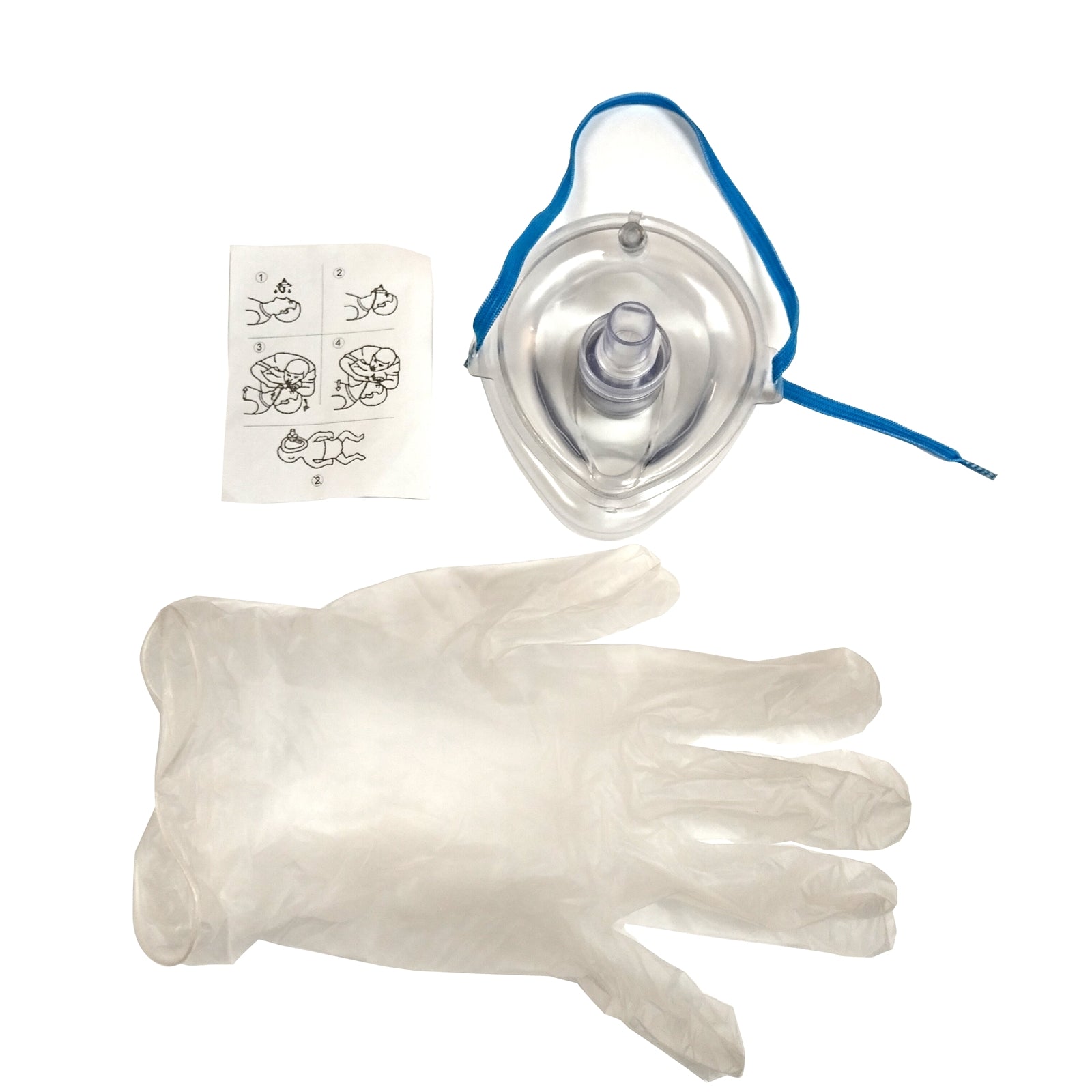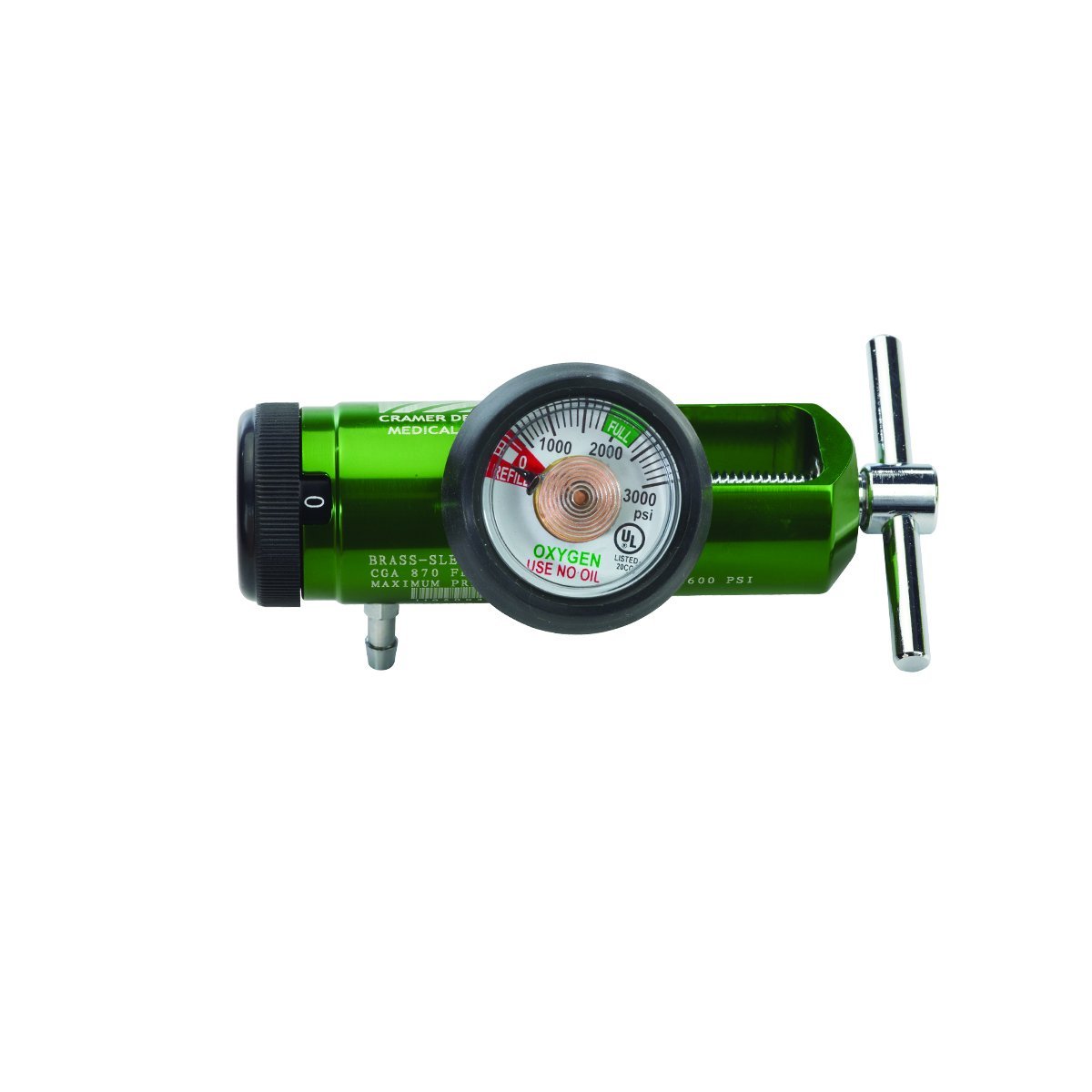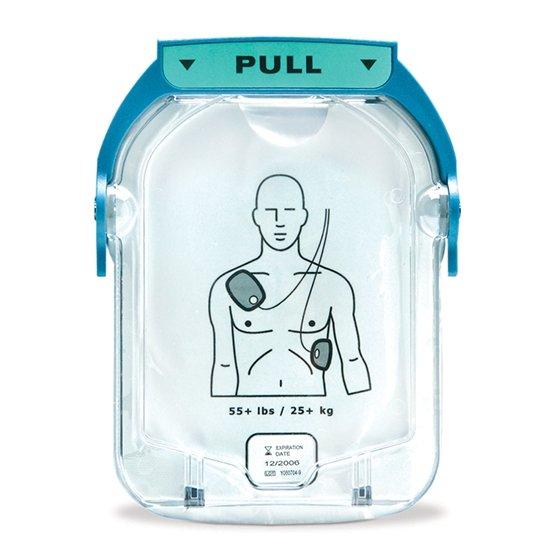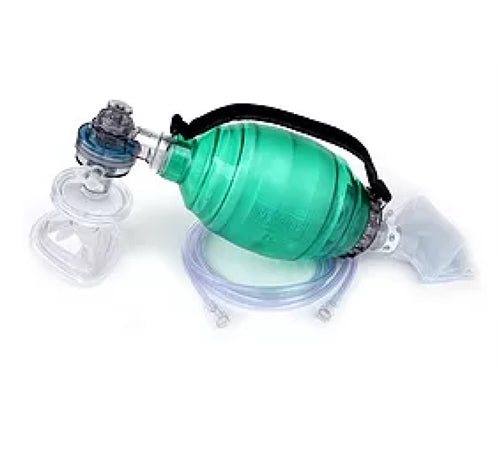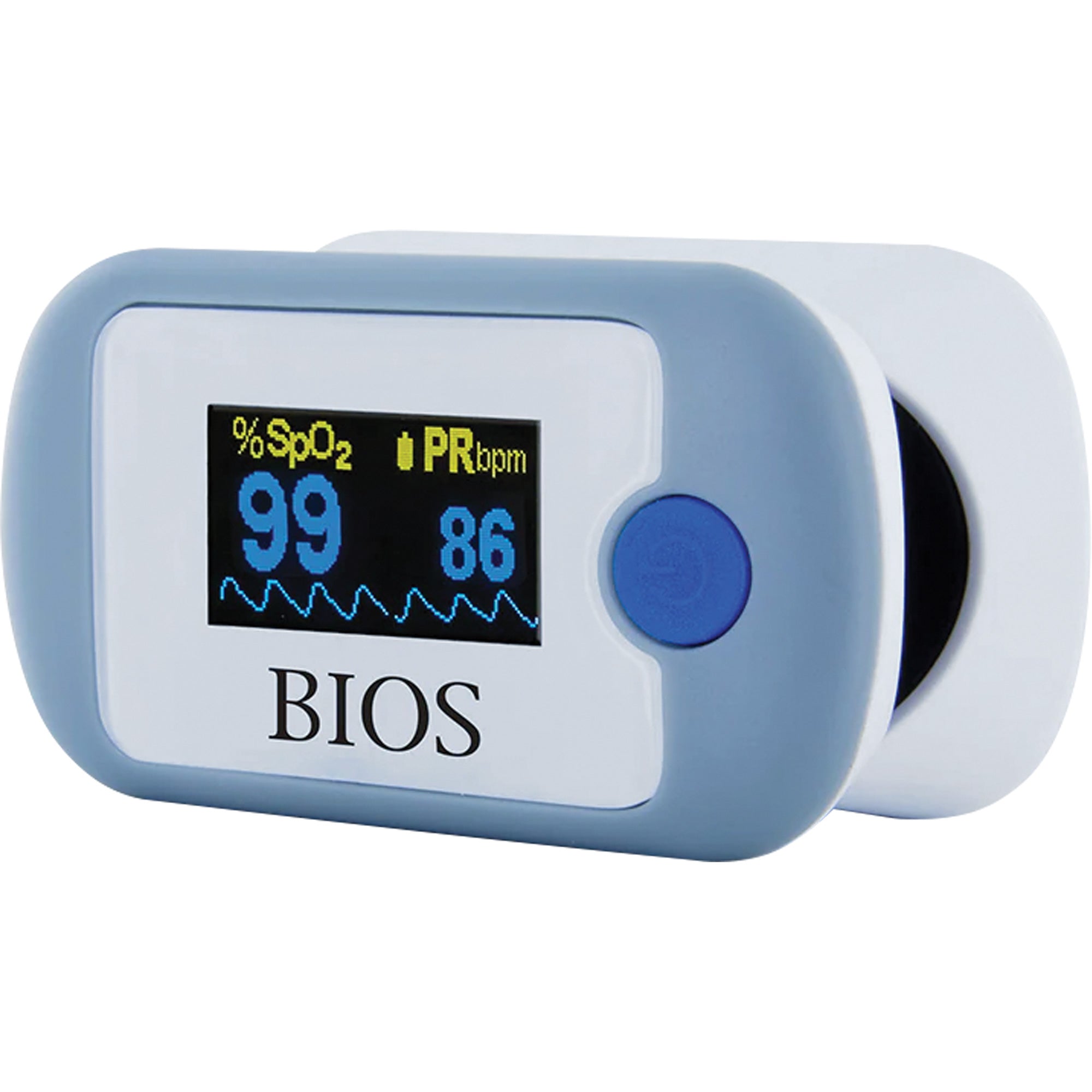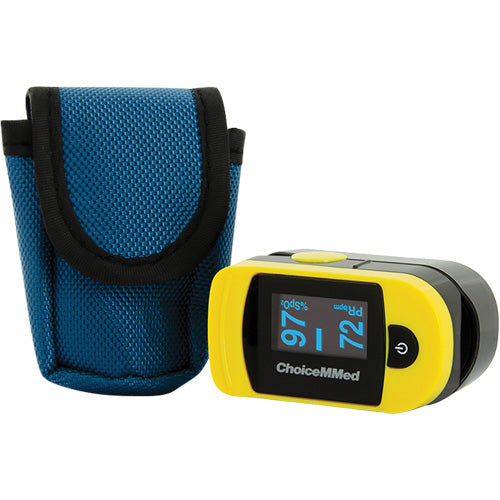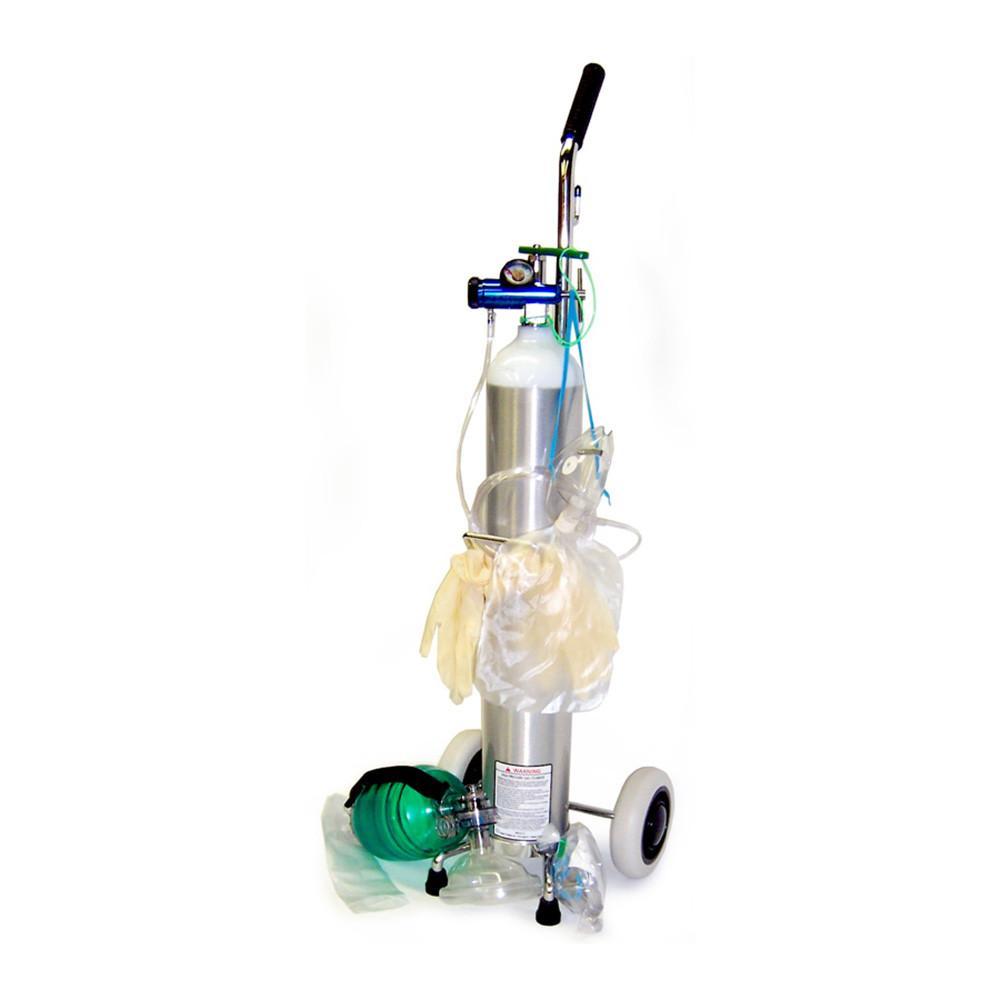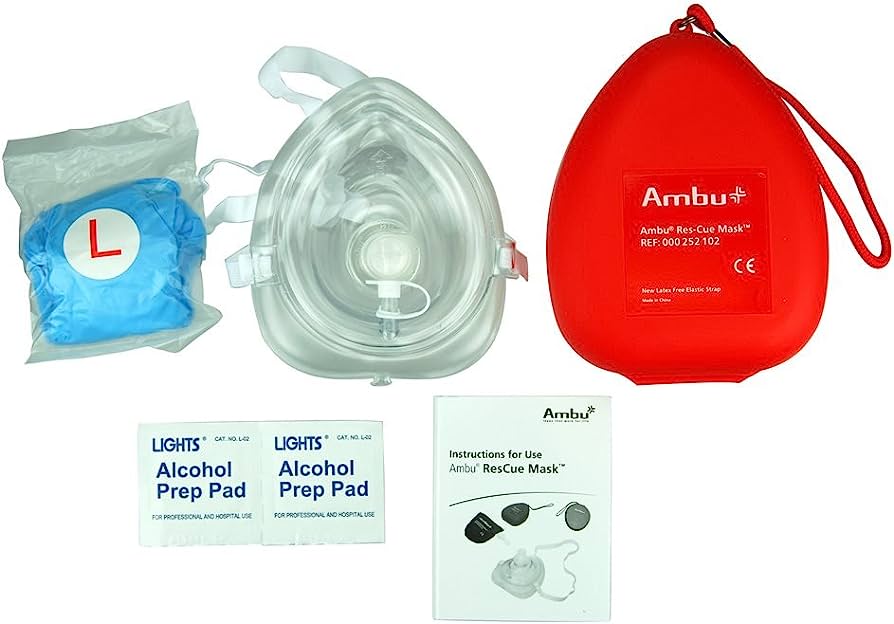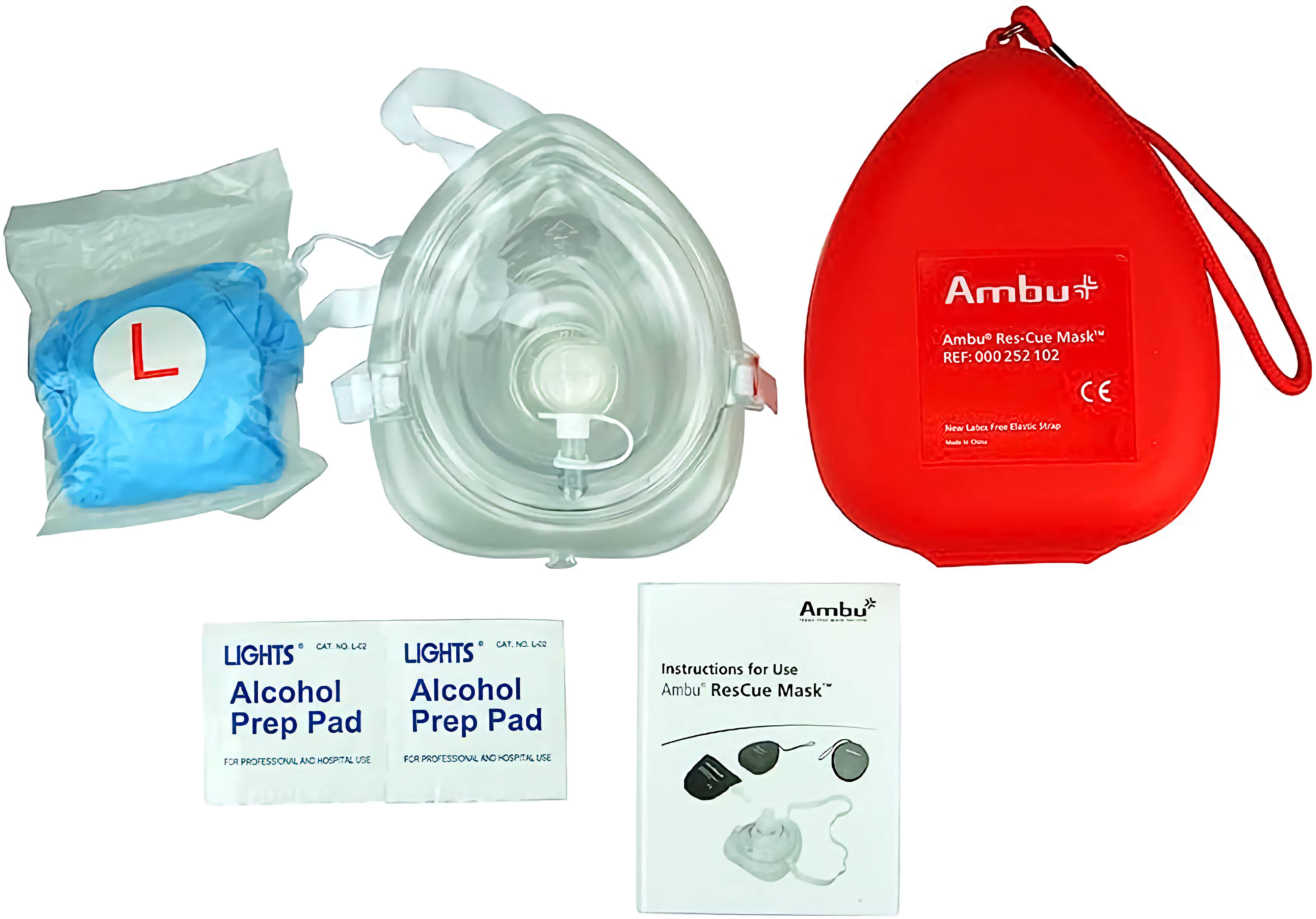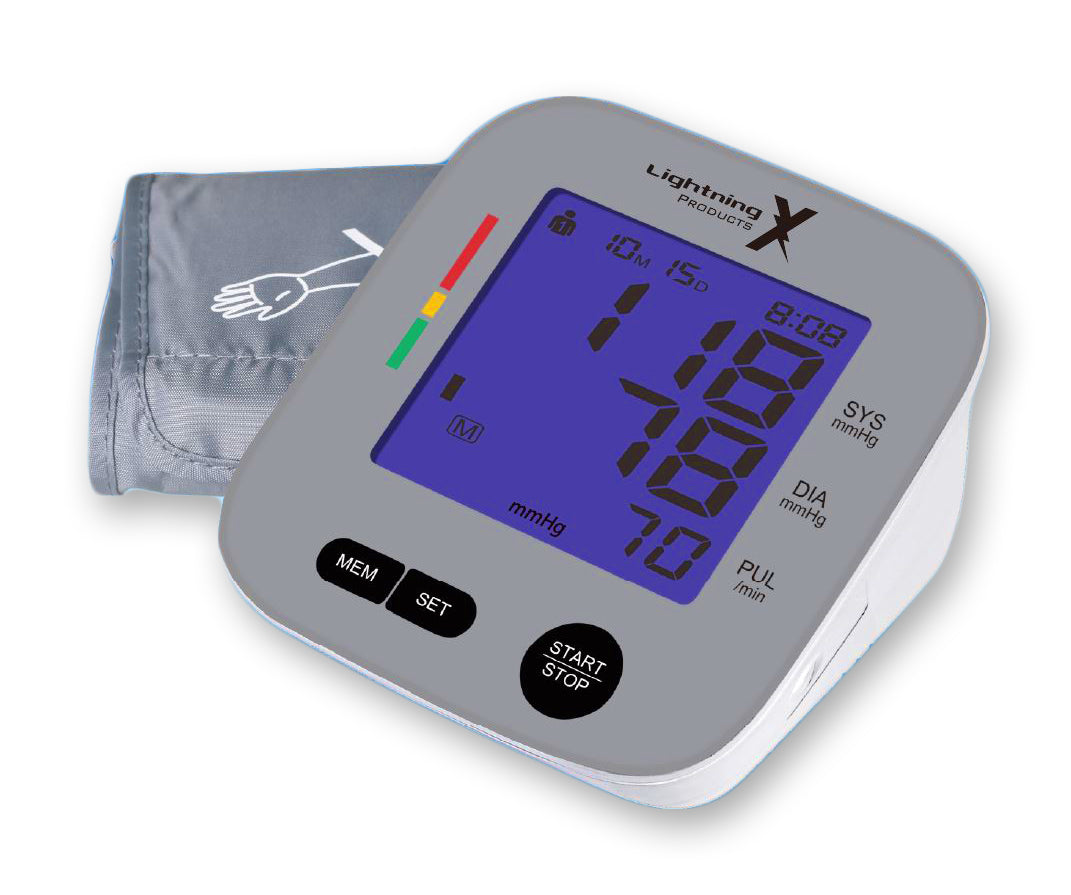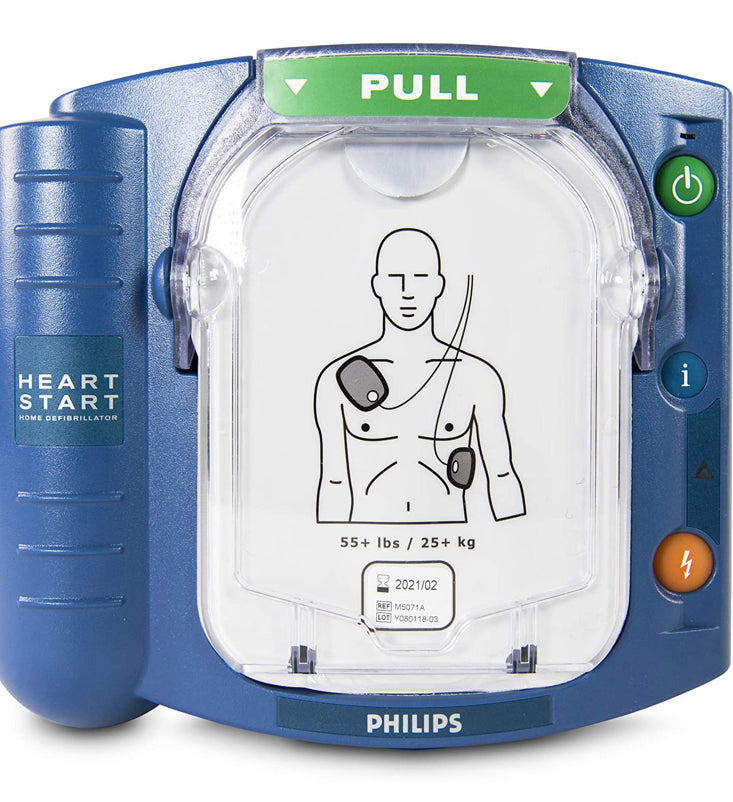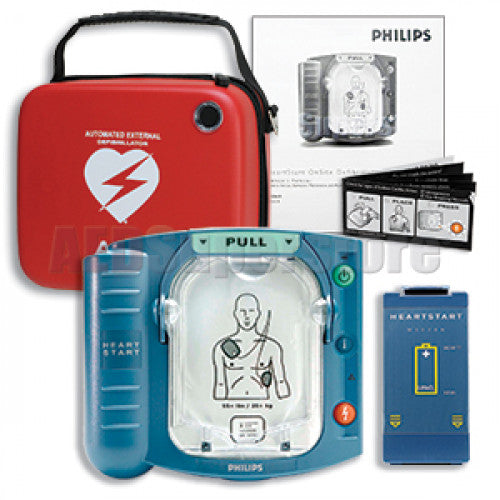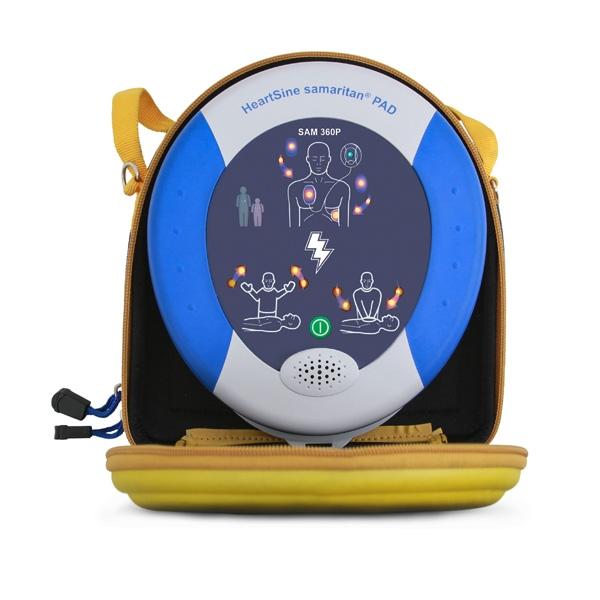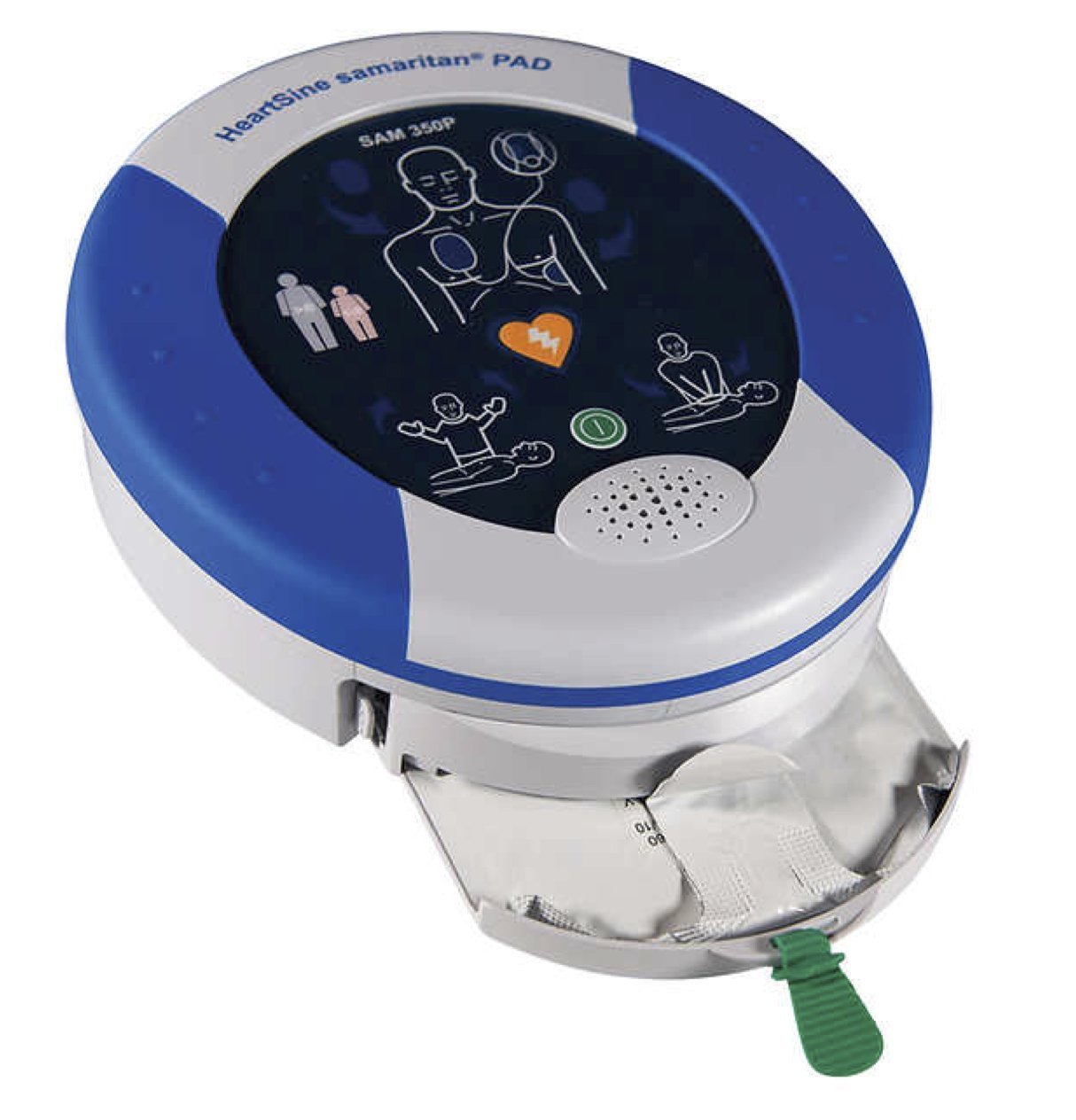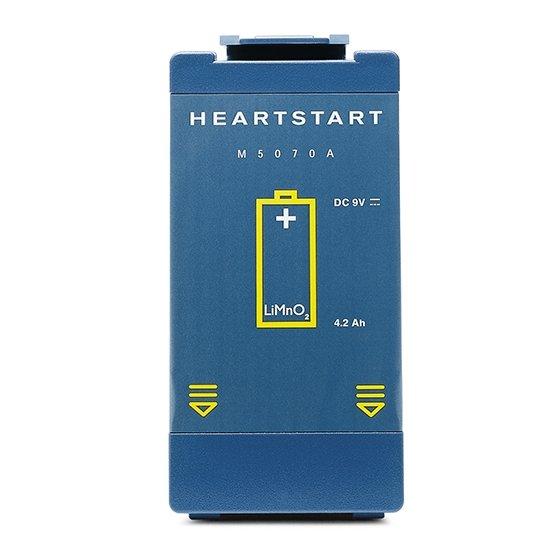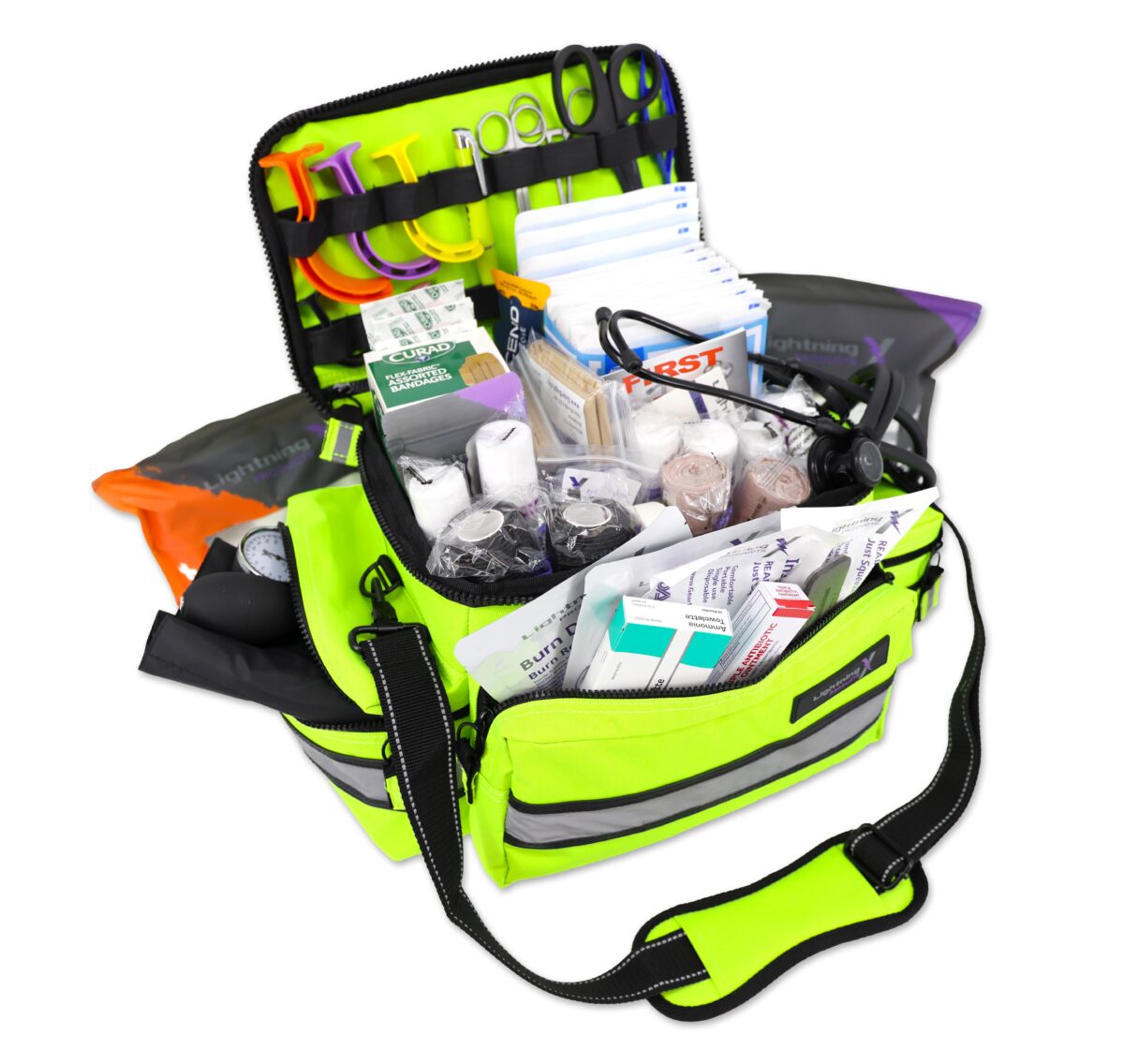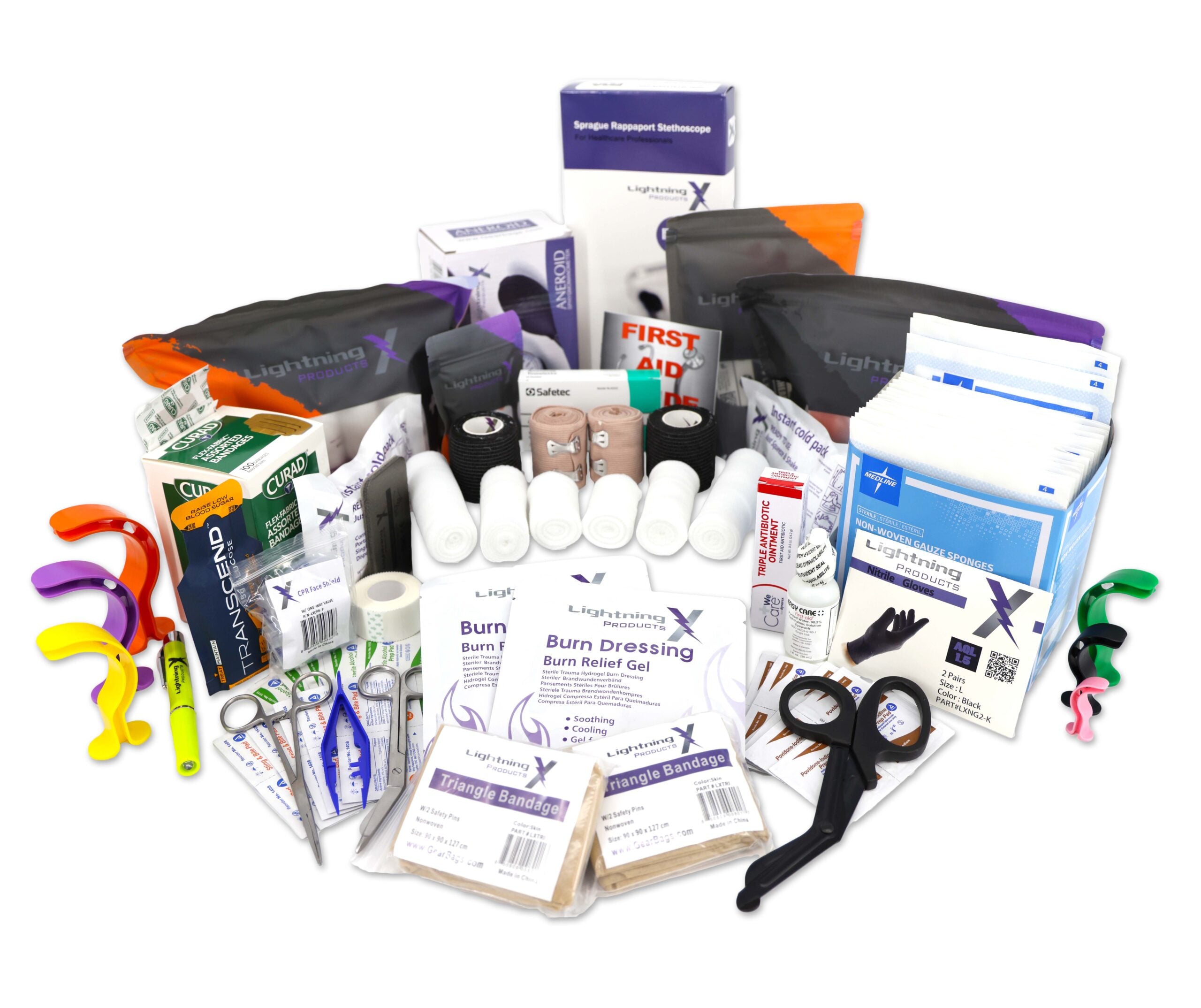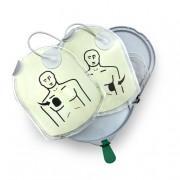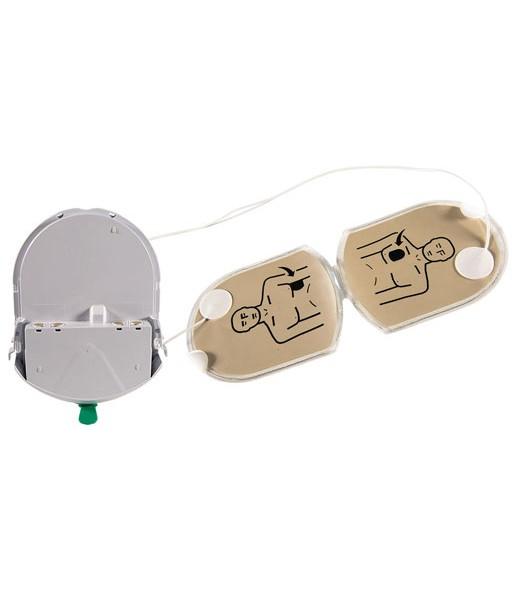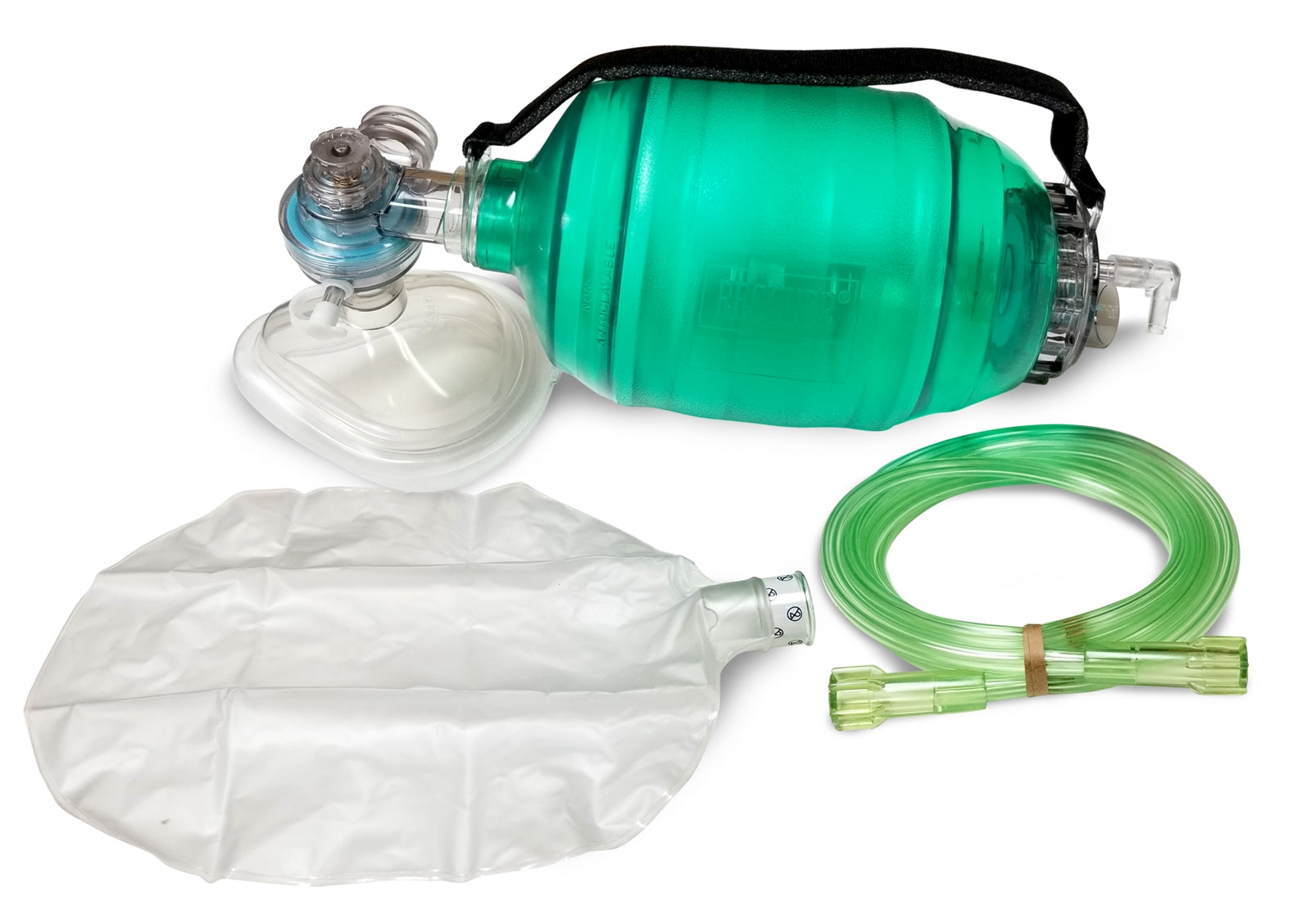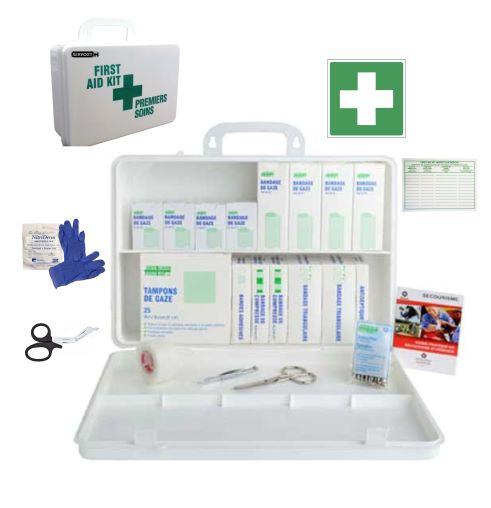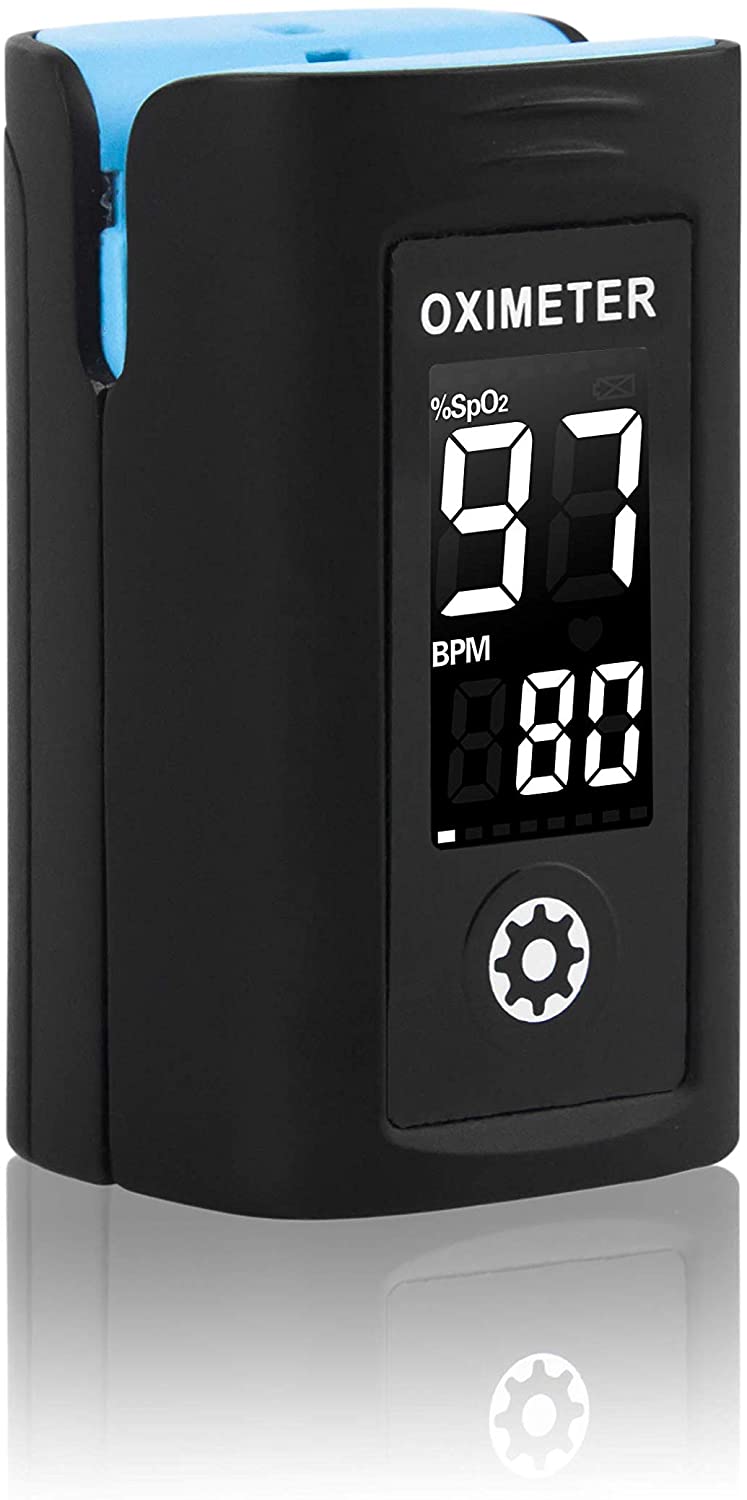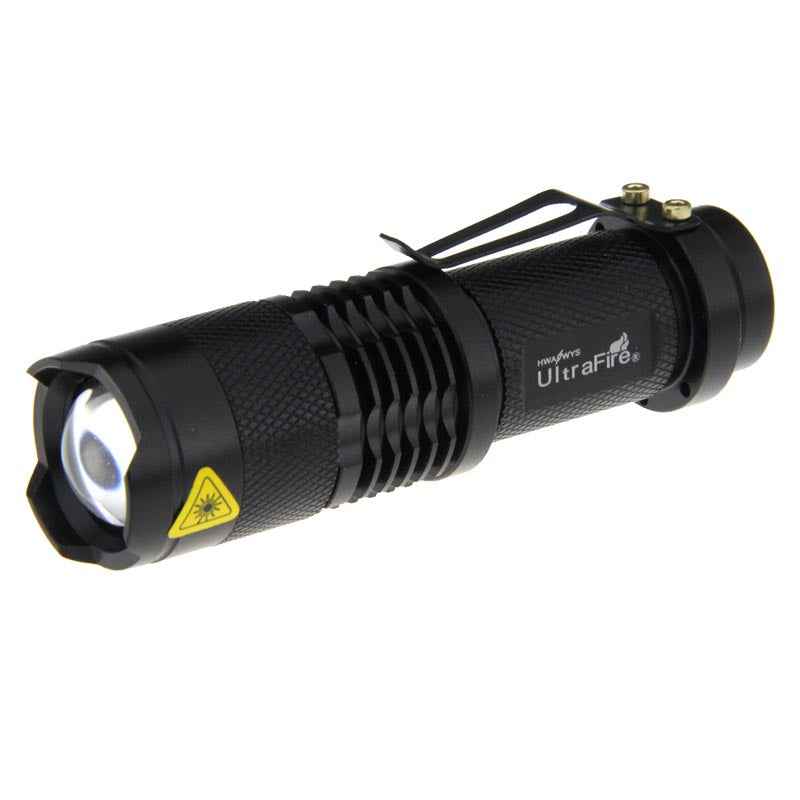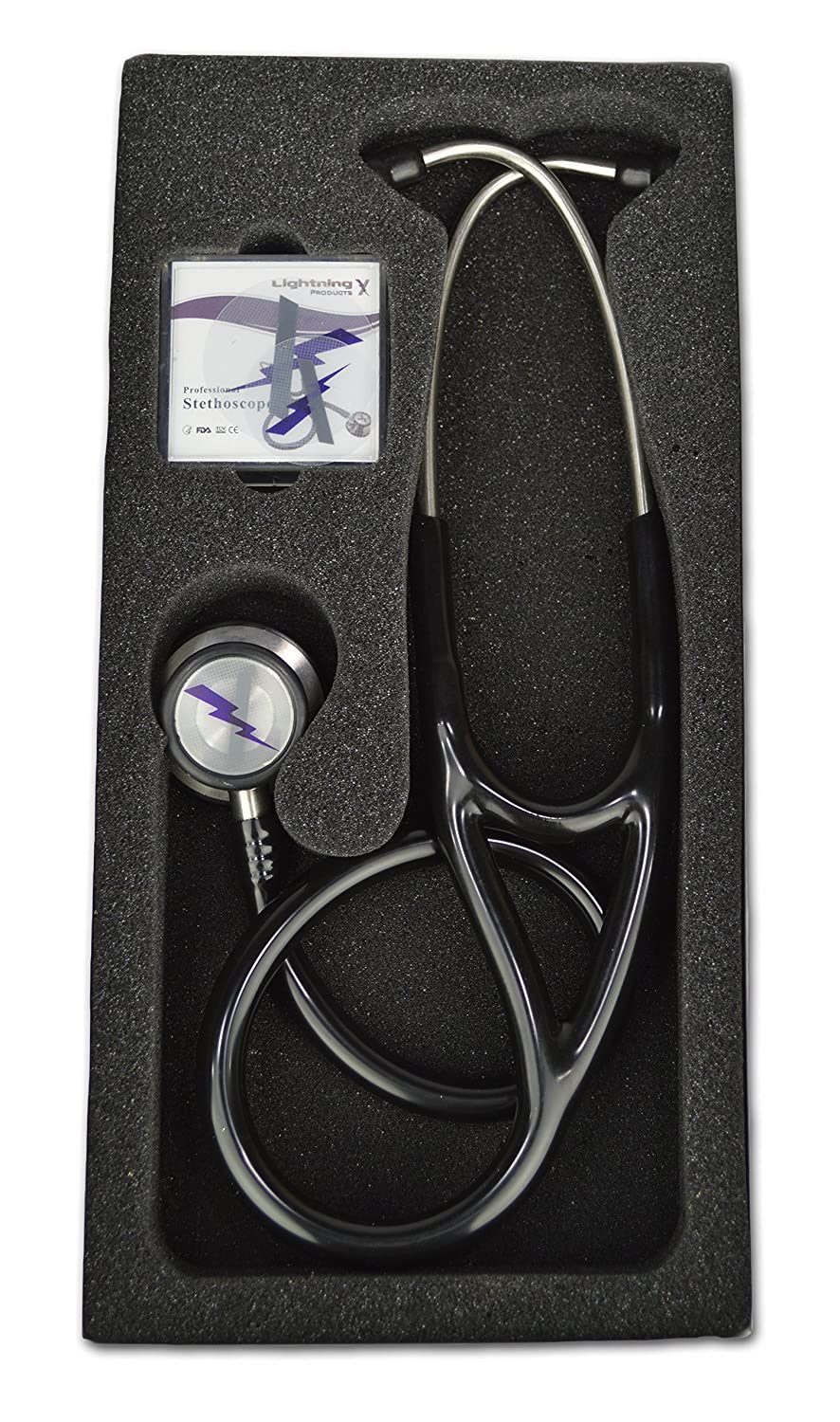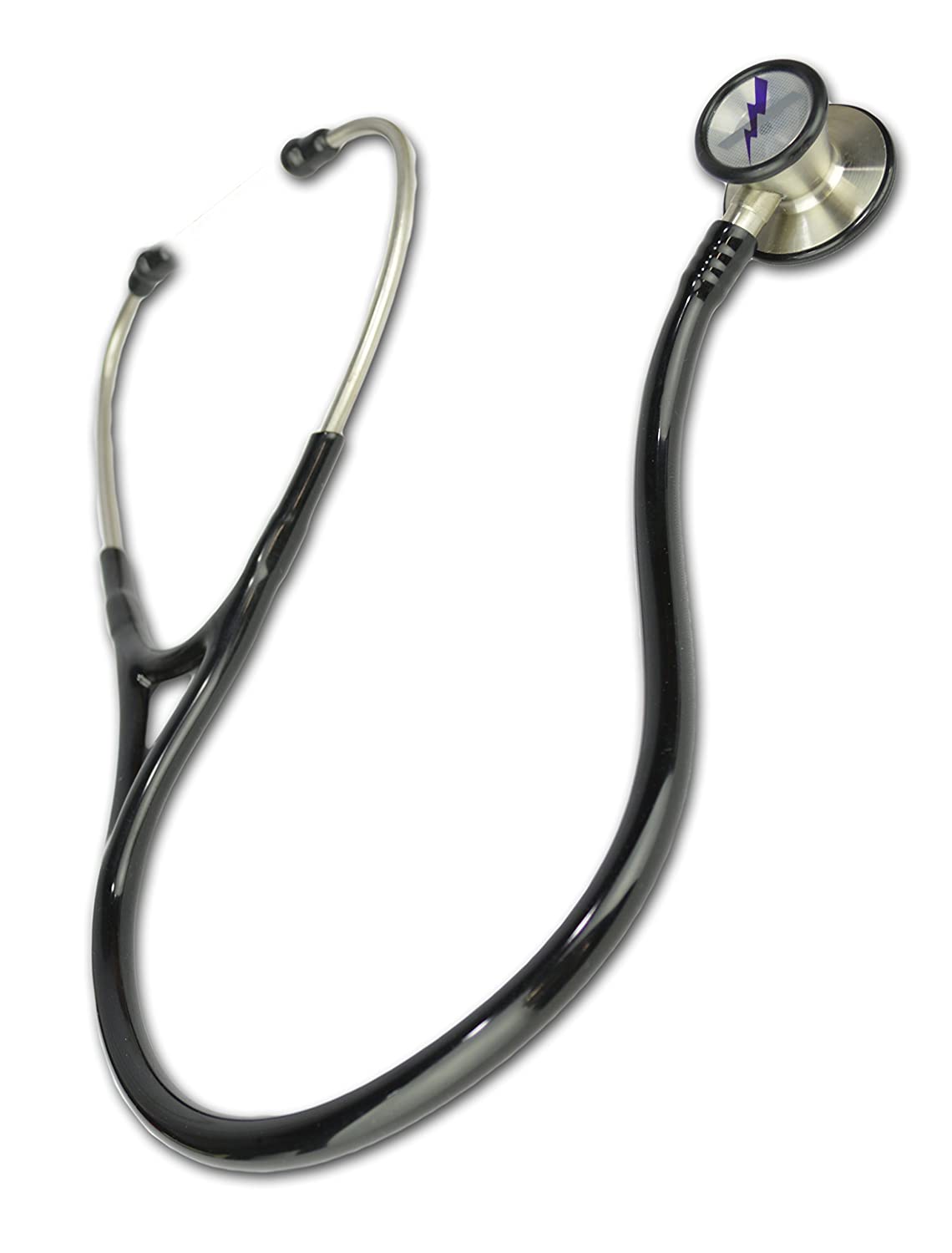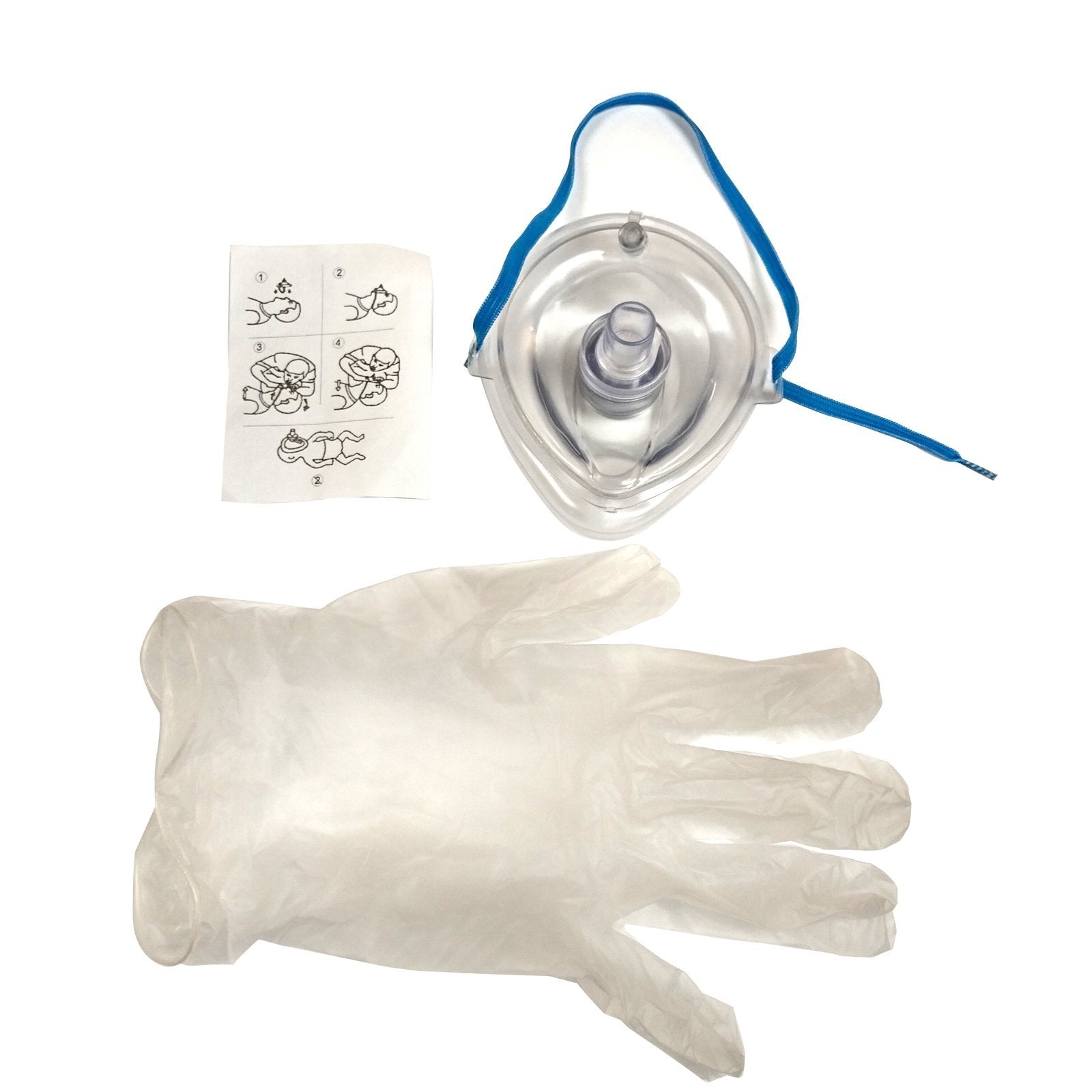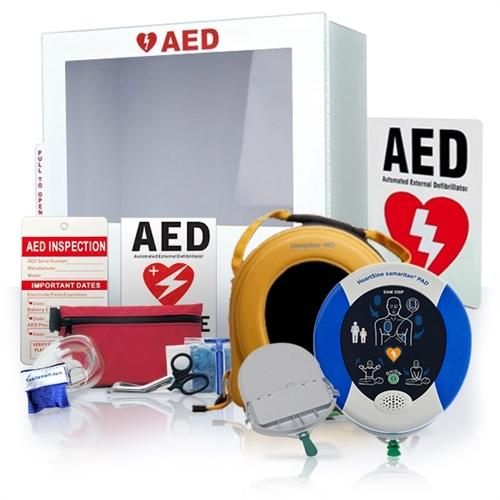
Equip your workplace, school, gym, or cottage with reliable Defibrillators and AED Accessories and keep them rescue-ready with fresh pads, batteries, and wall cabinets from Servoxy.
Stock your facility with dependable Defibrillators and AED Accessories, keep them ready for action.
Why Public-Access AEDs Save Lives
- Anyone can use an AED—clear voice & visual prompts guide first-time rescuers.
- Every minute counts—survival drops up to 10 % for every minute without defibrillation.
- Good Samaritan protection—provincial laws shield lay rescuers from liability when acting in good faith.
Our Defibrillators and AED Accessories Catalogue
All units are Health Canada licensed and ship Canada-wide.
Essential Accessories
- Adult & Paediatric Electrode Pads
- Long-Life Lithium Batteries
- Wall Cabinets & Alarmed Cases
- Responder Kits (CPR mask, gloves, shears, razor)
- AED Location Signage & Inspection Tags
- Weather-proof Mobile Hard Cases
Training & Legal Confidence
Servoxy offers on-site AED/CPR training so your staff can respond confidently. Good Samaritan legislation across Canada protects you from liability when using an AED to save a life.
Protect Your Team — Act Now
Browse our complete AED bundles or contact Servoxy for a custom quote and training package.
Shop AEDs & Accessories
